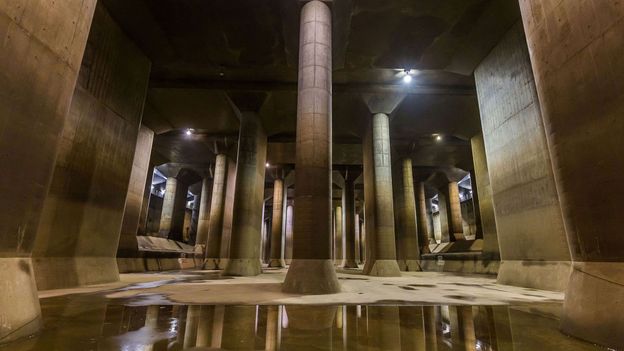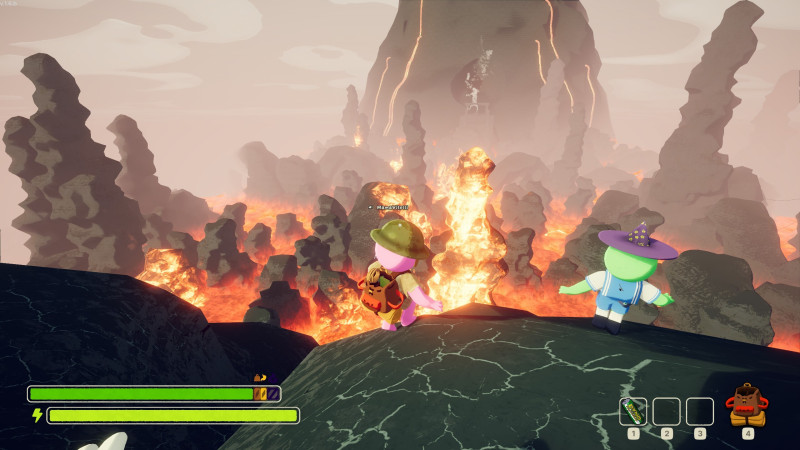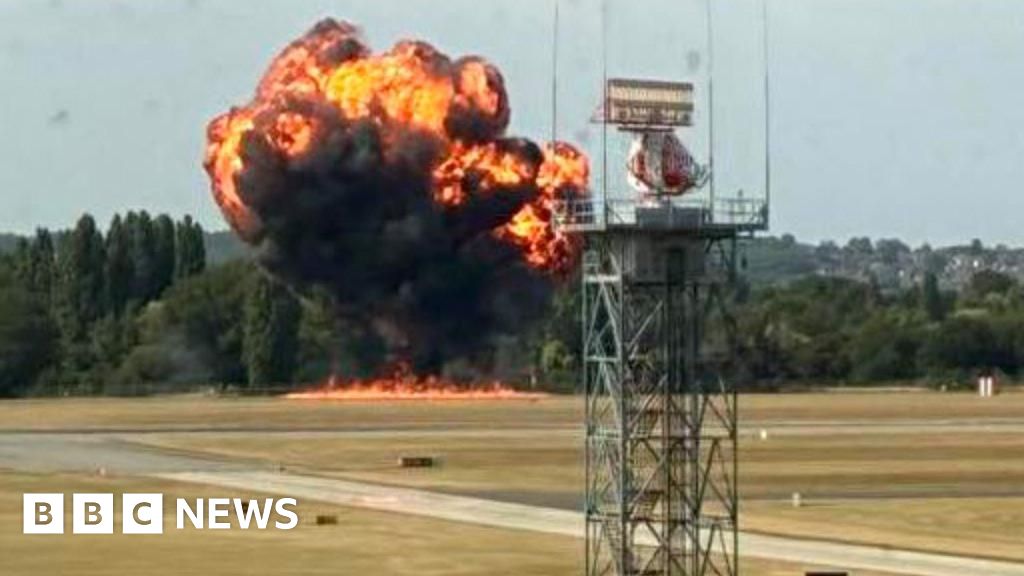Heavy Rain Pounds Central Texas, Forcing a Halt to Search Efforts


Pounding rain and strong winds battered Central Texas on Sunday morning, prompting some rescuers to halt search operations for victims of the deadly floods that roared through the region just over a week ago.
Several places along the Guadalupe River, including Kerr County, the area hit hardest by the devastating floods of July 4, were under flash flood warnings on Sunday as a slow-moving storm system brought heavy precipitation.
The National Weather Service reported early Sunday that the heaviest rain was in northern Llano and Burnet Counties. By midmorning, it had shifted to Kerr County, which is under a flood warning until Monday morning. Though potentially dangerous, the rainfall on Sunday was not expected to be as extreme as it was on July 4, forecasters said.
In Kerrville, the seat of Kerr County and the epicenter of the July 4 floods, search crews and volunteers have been combing the Guadalupe River corridor looking for the roughly 170 people who are still missing from the July 4 floods. City officials told them to stop work and evacuate on Sunday while a flash flood warning was in effect.
Communities and residents across Central Texas are still reeling from the catastrophic floods, which killed at least 129 people in the state. Though hopes of finding those who are still missing have diminished, state and local officials have said search work would continue until every person is found.
Cars driving along Sidney Baker Street in Kerrville Sunday morning sprayed large streams of water as the rain came down in sheets. Officials shut down access to some downtown streets as water began to pool. State troopers asked people along the Guadalupe River to move to higher ground.
Kerrville officials announced that Highway 39, the main road through town, was closed to everyone except local residents and emergency workers. Just outside the city, drivers blinded by heavy rain were forced to exit the freeway at a rest stop and wait for the storm to pass. There, they listened to the booms of thunder and the din of pelting rain on their windshields.
Elsewhere in Kerr County, a flood warning was in effect for the Guadalupe River in Hunt, around 12 miles upstream from Kerrville, through Monday morning. While the river was not expected to reach catastrophic levels, forecasters urged the public to avoid driving on flooded roads and bridges.
Some flooding was reported in the northern parts of the Hill Country, Orlando Bermudez, a meteorologist with the National Weather Service office for Austin and San Antonio, said early Sunday.
The Weather Prediction Center said there was a “moderate” risk for flash flooding across the region through early Monday morning, with the most rainfall expected in the corridor between the Hill Country and the Dallas metro area to the north.
The rain this week is expected to be less intense than last week, but forecasters warned that because the ground was already saturated, the area was highly vulnerable.
Near Llano, Texas, about 75 miles northwest of Austin, the Llano River was at a moderate level of flooding on Sunday morning, according to the National Weather Service. The river had risen to nearly 16 feet from about three feet, and forecasters warned that it could exceed 18 feet later in the day. A flood warning was in effect for the river through Tuesday afternoon.
The Lampasas River was also at a moderate flooding level near Kempner, about 70 miles north of Austin. It had risen to more than 31 feet on Sunday from less than two feet. A flood warning was posted for the river through late Monday morning. The National Weather Service said major flooding could be expected on Sunday, though the river was expected to fall below flood levels later in the evening.
James Cheshire, the owner of an R.V. park off Sulphur Creek in the city of Lampasas, said it had been raining steadily there since 1 a.m.
“It has not let up at all,” he said in the late morning. “It’s still pouring rain right now.”
Sulphur Creek, which flows into the Lampasas River, had flooded up to the road in some parts of the city, Mr. Cheshire said.
He said his R.V. park is on high enough ground that he was not yet worried about having to evacuate, and that he had opened the park for people at greater risk to take refuge. His church did not hold a service Sunday morning, he added, and had opened its doors to evacuees instead.
Stephanie McGehee, a Lampasas County resident, said she was used to the Mesquite Creek flooding behind her house three or four times a year. But she said the July 4 disaster had changed the way she thinks about floods.
“It is just awful how quick those floods came up,” she said. “It wasn’t something we ever thought about happening in such a catastrophic way.”
The renewed risk of flooding on Sunday was being driven by a weather system high in the atmosphere that has stalled between two high-pressure systems. It has remained parked over Texas, providing ideal conditions for thunderstorms to develop repeatedly. Another weak system in the area is adding to the instability and fueling the continued storm activity, especially on Sunday afternoon.
Forecasters expected the storm system to stretch from the southwest to the northeast through the day, increasing the likelihood of additional rounds of thunderstorms. And the flooding risk was expected to linger.
“The rain is going to continue Sunday night into Monday,” Mr. Bermudez said. “Then the chances for rain start to decrease Monday into Tuesday, with a dry forecast midweek to late week.”
Sonia A. Rao contributed reporting.
What's Your Reaction?
 Like
0
Like
0
 Dislike
0
Dislike
0
 Love
0
Love
0
 Funny
0
Funny
0
 Angry
0
Angry
0
 Sad
0
Sad
0
 Wow
0
Wow
0










































